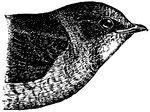
Purple Martin (Female)
The Purple Martin (Progne subis) is the largest North American swallow at 20 cm length. Adults have…
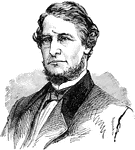
Clement Laird Vallandigham
Clement Laird Vallandigham (July 29, 1820 – June 17, 1871) was an Ohio unionist of the Copperhead…
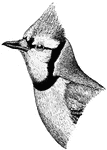
Blue Jay
The Blue Jay (Cyanocitta cristata) is a passerine bird, and a member of the family Corvidae native to…
![Smilax is a genus of about 300-350 species, found in the tropics and subtropics worldwide. In China for example about 80 are found (39 of which are endemic), while there are 20 in North America north of Mexico[1]. They are climbing flowering plants, many of which are woody and/or thorny, in the monocotyledon family Smilacaceae, native throughout the tropical and warm temperate regions of the world. Common names include catbriers, greenbriers, prickly-ivys and smilaxes. "Sarsaparilla" (also zarzaparrilla, sarsparilla) is a name used specifically for the Jamaican S. regelii as well as a catch-all term in particular for American species. Occasionally, the non-woody species such as the Smooth Herbaceous Greenbrier (S. herbacea) are separated as genus Nemexia; they are commonly known by the rather ambiguous name "carrion flowers"](https://etc.usf.edu/clipart/57000/57029/57029_smilax_mth.gif)
Smilax
Smilax is a genus of about 300-350 species, found in the tropics and subtropics worldwide. In China…
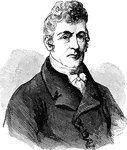
Stephen Van Rensselaer
Stephen Van Rensselaer III (November 1, 1765 – January 26, 1839) was Lieutenant Governor of New York…
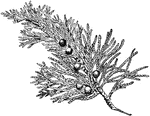
Eastern Juniper
Juniperus virginiana (Eastern Redcedar, Red Cedar, Eastern Juniper, Red Juniper, Pencil Cedar) is a…

Vera Cruz during the Mexican War
The Battle of Veracruz was a 20-day siege of the key Mexican seaport of Veracruz, during the Mexican-American…

Charles Gravier Vergennes
Charles Gravier, comte de Vergennes (December 20, 1717—February 13, 1787) was a French statesman…

Vicksburg during the Civil War
The Vicksburg Campaign was a series of maneuvers and battles in the Western Theater of the American…
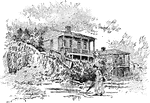
General Pemberton's Headquarters at Vicksburg
Pemberton's Headquarters is a two-story brick house that served as the headquarters for Confederate…
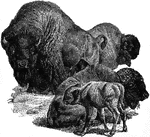
North American Bison
The American Bison (Bison bison) is a bovine mammal, also commonly known as the American buffalo. 'Buffalo'…
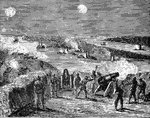
Porter's Fleet Shelling the Batteries Vicksburg
Union forces bombarded the city all night, from 220 artillery pieces and naval gunfire from Rear Adm.…

Cave Life in Vicksburg
During the siege, Union gunboats lobbed over 22,000 shells into the town and army artillery fire was…
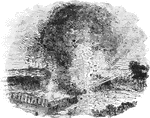
Blowing Up Fort Hill Bastion
As June wore on, Grant pressed the siege with vigor. Johnston tried to help Pemberton, but could not.…
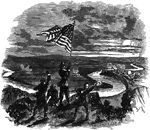
Top of Lookout Mountain
The Battle of Chattanooga and included the Battle of Lookout Mountain on November 25, 1863 during the…
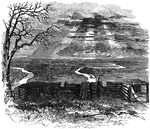
Confederate Battery on the Top of Lookout Mountain
The Battle of Chattanooga and included the Battle of Lookout Mountain on November 25, 1863 during the…
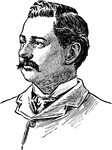
Seth Low
Seth Low (January 18, 1850 - September 17, 1916), born in Brooklyn, New York, was an American educator…

James Russell Lowell
James Russell Lowell (February 22, 1819 – August 12, 1891) was an American Romantic poet, critic,…
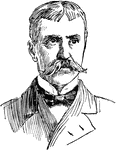
William Ludlow
William Ludlow was an officer in the Corps of Engineers and a major general in the United States Army…

Guanaco
The guanaco (Lama guanicoe) is a camelid animal native to South America that stands between 107 and…
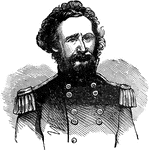
Nathaniel Lyon
Nathaniel Lyon (July 14, 1818 – August 10, 1861) was the first Union general to be killed in the…
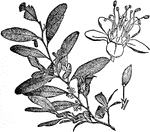
Coca Flower
Coca is a plant in the family Erythroxylaceae, native to north-western South America. The plant plays…

Major-General George B. McClellan
George Brinton McClellan (December 3, 1826 – October 29, 1885) was a major general during the…

Cardinal McCloskey
John Cardinal McCloskey, (March 10, 1810 - October 10, 1885) was an American cardinal, the fifth bishop…
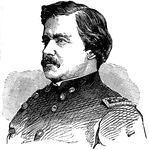
Alexander McDowell McCook
Alexander McDowell McCook (April 22, 1831 – June 12, 1903) was a career United States Army officer…

Edward M. McCook
Edward Moody McCook (June 15. 1833 – September 9, 1909) was a lawyer, politician, distinguished Union…
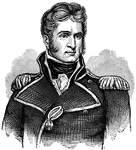
Thomas Macdonough
Thomas MacDonough (December 21, 1783 – November 10, 1825) was an early 19th-century American naval…
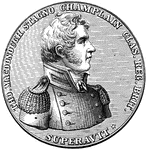
Macdonough's Medal
Thomas MacDonough (December 21, 1783 – November 10, 1825) was an early 19th-century American naval…
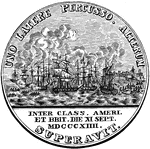
Macdonough's Medal
Thomas MacDonough (December 21, 1783 – November 10, 1825) was an early 19th-century American naval…
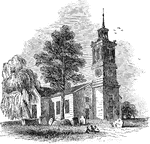
St. John's Church
St. John's Episcopal Church is the oldest church in Richmond, built in 1741 and giving its name to the…
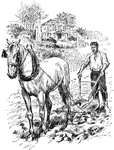
After Appomattox
The Appomattox Campaign (March 29, 1865 – April 9, 1865) was a series of battles fought in Virginia…
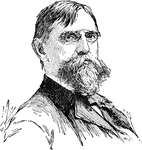
Benjamin Franklin Wade
Benjamin Franklin "Bluff" Wade (October 27, 1800 – March 2, 1878) was a U.S. lawyer and United States…
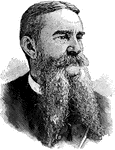
John Grimes Walker
John Grimes Walker (20 March 1835 – 16 September 1907) was an admiral in the United States Navy…
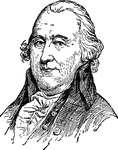
Artemas Ward
Artemas Ward (November 26, 1727 – October 28, 1800) was an American major general in the American…

George Edwin Waring
George Edwin Waring was born in Poundridge, NY, July 4, 1833. He was agricultural engineer of Central…

Warren's Monument
Warren's Monument was created in memory of Mason and fallen Bunker Hill hero Dr. Joseph Warren in 1794…

Remains of the Capitol After the Fire of 1814
The Burning of Washington took place in 1814, during the Anglo-American War of 1812. British forces…

Remains of the White House After the Fire of 1814
The Burning of Washington took place in 1814, during the Anglo-American War of 1812. British forces…
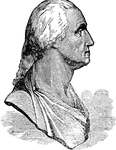
Houdon's Bust of Washington
Bust of George Washington by Jean-Antoine Houdon. George Washington (February 22, 1732 — December…
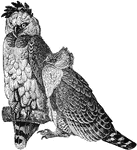
American Harpy Eagle
The American Harpy Eagle (Harpia harpyja) is a neotropical eagle, often simply called the Harpy Eagle.…
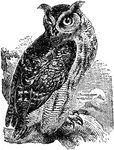
Great Horned Owl
The American horned owls and the Old World eagle-owls make up the genus Bubo, at least as traditionally…
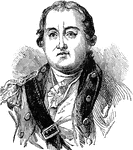
William Washington
William Washington (February 28, 1752 to March 6, 1810), was a patriotic Southern cavalry officer during…
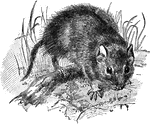
Schizodon
"Schizodon fuscus...A genus of South American octodont rodents, related to Ctenomys" (Tuco-tuco). -Whitney,…
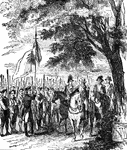
Washington Taking Command of the Army
Although he did not explicitly seek the office of commander and even claimed that he was not equal to…
![Irvin McDowell (October 15, 1818 – May 4, 1885)[1] was a career American army officer, famous for his defeat during the First Battle of Bull Run, the first large-scale battle of the American Civil War.](https://etc.usf.edu/clipart/57400/57417/57417_mcdowell_irv_mth.gif)
Irvin McDowell
Irvin McDowell (October 15, 1818 – May 4, 1885)[1] was a career American army officer, famous…
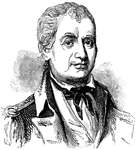
Lachlan McIntosh
Lachlan McIntosh (March 17, 1725 – February 20, 1806) was an American military and political leader…
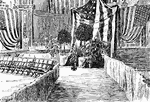
Interior of the Temple of Music Where McKinley was Shot
The interior of the Temple of Music at the Pan-American Exposition in Buffalo, New York where President…
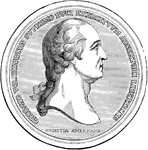
Washington's Congressional Gold Medal, Front
Since the American Revolution, Congress has commissioned gold medals as its highest expression of national…
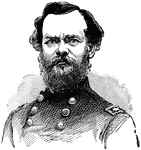
James Birdseye McPherson
James Birdseye McPherson (November 14, 1828 – July 22, 1864) was a career United States Army officer…
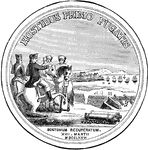
Washington's Congressional Gold Medal, Back
Since the American Revolution, Congress has commissioned gold medals as its highest expression of national…
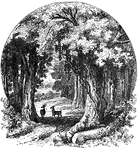
Maguaga Battleground
The Battle of Maguaga (also known as the Battle of Monguagon or the Battle of the Oakwoods was a small…
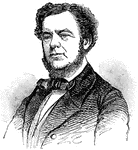
Stephen Russell Mallory
Stephen Russell Mallory (1813 – November 9, 1873) was a United States politician and the Confederate…
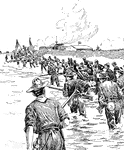
The Capture of Manila
U.S. Troops invaded Manila in 1898 and waged war with the Spaniards and Filipinos in the Spanish-American…
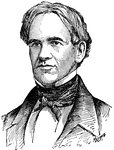
Horace Mann
Horace Mann (May 4, 1796 – August 2, 1859) was an American education reformer, and a member of…

Washington's Headquarters at New York
The Morris-Jumel Mansion (also known as the Roger and Mary Philipse Morris House), located in historic…
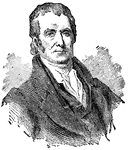
John Marshall
John Marshall (September 24, 1755 – July 6, 1835) was an influential Chief Justice of the United States…
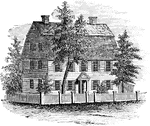
The Webb House
Joseph Webb House is a historic Georgian-style house in Wethersfield, Connecticut that was the site…
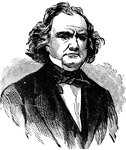
James Murray Mason
James Murray Mason (November 3, 1798 – April 28, 1871) was a United States Representative and United…
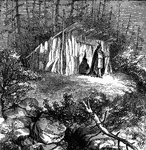
Massasoit's Lodge
Massasoit Sachem or Ousamequin was the sachem, or leader, of the Pokanoket, and "Massasoit" of the Wampanoag…
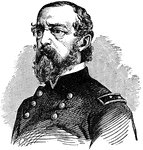
George Gordon Meade
George Gordon Meade (December 31, 1815 – November 6, 1872) was a career United States Army officer…